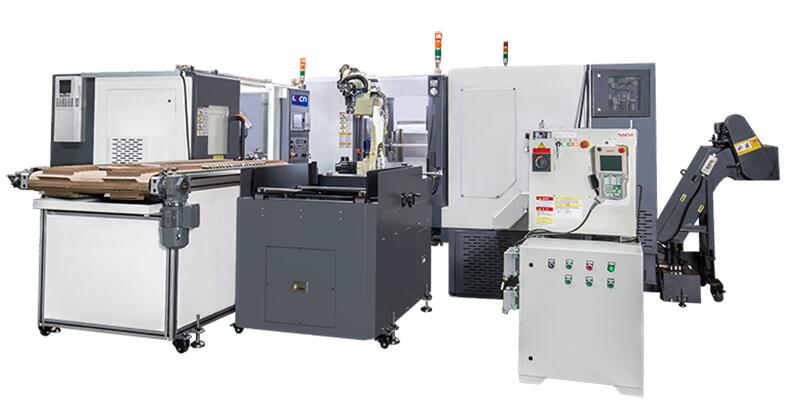Explore CNC Lathes
Lathes have been around since the 19th century. Unlike their predecessors, today's CNC lathes are more sophisticated and automated.
Power factories around the world and are used for a wide range of applications.
What is a CNC lathe?
CNC lathes, which are operated with computer numerical control (CNC) and provide precise design instructions, are machine tools where the material or part is clamped and rotated by a spindle, while the tool working on the material mounts and moves various axes.
CNC lathes are typically used for machine parts where the material/part is clamped and rotated while the cutting tool is fixedly mounted for OD (outside diameter) and ID (inside diameter) operations, such as shafts and pipes. They are very suitable for parts with the same symmetry around the axis, which can be clamped in the spindle (i.e. radial clamping).
A simple CNC lathe runs on 2 axes, with the tool in a fixed position on a turret of 8 to 24 stations. The rotating action of the part is called "turning", hence the name CNC lathe for some types of CNC lathes.
Milling (tools moving around a fixed workpiece), boring and tapping (tools cutting threads in a hole) tools are usually driven by a separate drive system within the turret. Depending on the application, the life tool (i.e. the active tool) is mounted in the axial or radial direction of operation. These can be found in 3-axis CNC lathes or CNC lathes.
Lathes with additional options (such as Y-axis, sub-spindle, or specific selected automation options) are often called turning centers. These sophisticated machines are capable of machining complex parts - these go beyond the standard external and internal turning operations and can combine milling, drilling, and tapping operations to complete the part in one setup. From raw material to finished product, this all-in-one machine dramatically increases productivity.

评论
发表评论